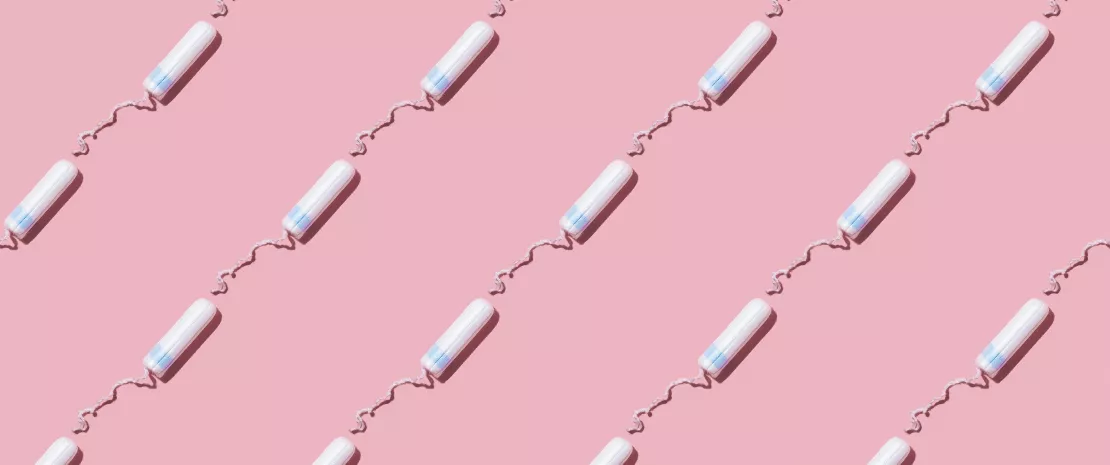Menstrual toxic shock syndrome: how can it be prevented via the vaginal microbiota?
Dreaded by women who use tampons or menstrual cups, toxic shock syndrome (TSS) can prove fatal. Some simple steps are recommended to prevent it. Invisible allies within the vaginal flora could be of great help...
- Learn all about microbiota
- Microbiota and related conditions
- Act on your microbiota
- Publications
- About the Institute
Healthcare professionals section
Find here your dedicated section
Sources
This article is based on scientific information

About this article
Practical and discreet, tampons and menstrual cups are widely used by women during their period. But there's a downside, especially when these devices aren't changed regularly: blood stagnates, creating a favorable environment for bacteria to multiply. And if the bacteria include S. aureus, there is a risk of menstrual TSS.
Often found on the skin, but more rarely in the vagina, S. aureus secretes a particularly virulent toxin capable of attacking our most vital organs, such as the liver, kidneys and lungs. It all starts with a high fever and/or rash, sometimes accompanied by a drop in blood pressure. In cases where the toxin reaches the organs and causes them to fail, coma and death are possible. 1
1 to 3 women in every 100,000 using intravaginal devices (tampons, cups) are at risk of menstrual TSS.
x2 to x3 The risk of TSS doubles when a tampon is kept in for more than six hours, and triples when it is worn overnight.
Simple steps to avoid menstrual TSS
Fortunately, menstrual TSS is rare. Today, 1 to 3 out of every 100,000 women using intravaginal devices (tampons, cups) are thought to be affected in the United States. Far fewer than in the 1980s, when the marketing of highly absorbent carboxymethylcellulose tampons led to an epidemic of cases (10 women per 100,000). Their withdrawal in favor of cellulose or cotton fiber tampons has helped bring the numbers down. 2
The risk can be further reduced by adopting simple steps that facilitate the prevention or removal of any S. aureus vaginales 3 :
• Follow the instructions on the product box;
• Wash your hands before and after using a tampon/cup;
• Only use tampons or cups when you have your period and not at other times;
• During the day, change your tampon or empty (and carefully wash!) your cup every four to six hours, if you have opted for this type of device;
• At night, use sanitary pads or period underwear. It is not the tampon or cup that is responsible for TSS but rather their misuse;
• Contact your doctor if you experience pain, fever or other unusual symptoms.
The role of vaginal microbiota
Finally, a recent study suggests that vaginal microbiota also play a part in prevention. 1 Not all women have the same vaginal microbiota, and there are five main types:
- Three are considered healthy, dominated by Lactobacillus crispatus, L. gasseri and L. jensenii, respectively;
- one is considered a transitional state, dominated by L. iners ;
- one is deemed unbalanced, composed of a wide variety of bacteria including Gardnerella vaginalis, and associated with bacterial vaginosis.
A recent study shows that the last two types could make TSS more likely. Conversely, microbiota dominated by L. crispatus, L. gasseri and L. jensenii seem to be protective, because they acidify the vaginal environment (which S. aureus does not appreciate), and probably also via other complex mechanisms. The bacterium L. jensenii is particularly protective. The study even sees it as a potential probiotic for women who have already experienced TSS and want to prevent a recurrence.













